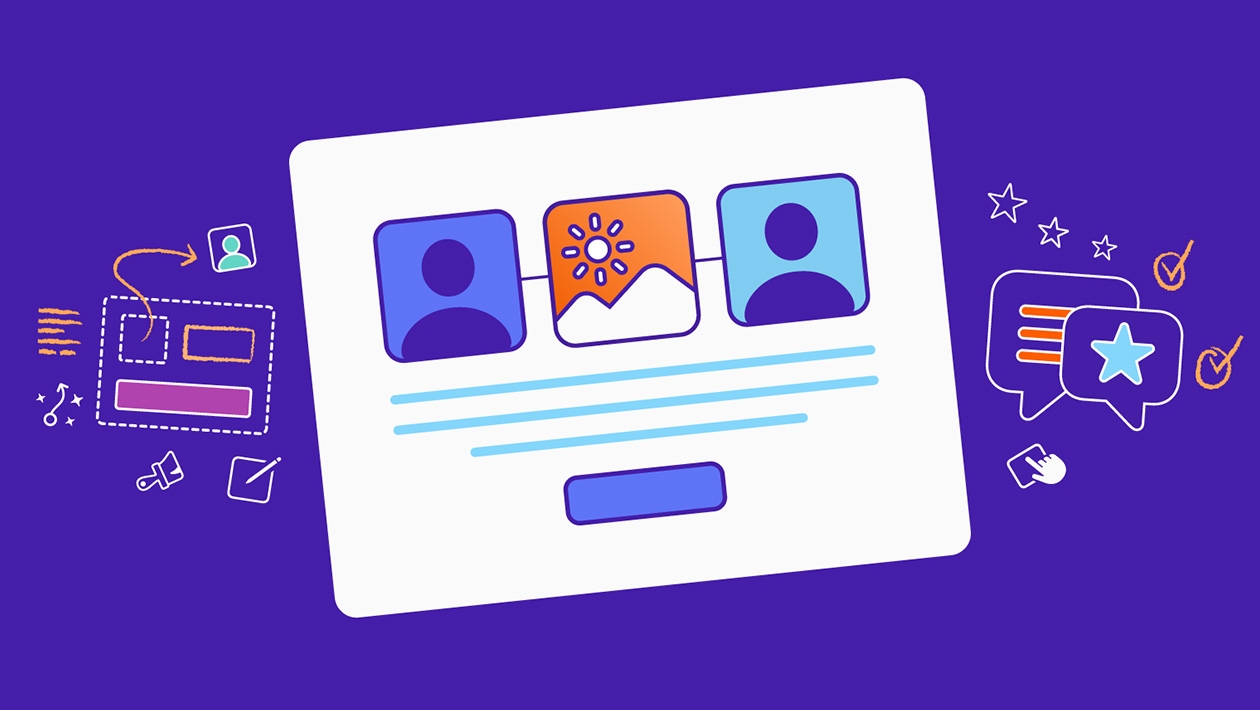A Learning Challenge
Our organization, the Institute for Digital Inclusion Acceleration (IDIA), works with members of society who are often left behind as new (but essential!) technologies emerge. Our centers are located in lower-income areas in an effort to capture these humans and ensure they have the skills and technology they need.
Smartphones are an essential technology for nearly all adults. Smart phones do not simply enable crucial social connection, but also provide a means for accessing services, finding information, and building opportunities.
The diverse groups of seniors with whom we work create a challenging learning design opportunity. Many of our clients speak different languages, lack all forms of formal exposure to technology, have a variety of smartphones from the market, and often feel a great deal of anxiety around using the tool.
Our Approach
To address these conditions we first worked to identify the top FAQs we hear from seniors, as well as the most essential skills for using a Smartphone. We compiled a list of 50 questions and skills, and compiled them on to grids in a heavily linked Keynote presentation.
When users come in with a specific question we can navigate directly to the slide with the relevant information, but if, as often happens, our clients are not sure where they want to start, seeing options on the screen allows them to take ownership in a low-stakes way. We typically most typically use this tool when we offer group sessions called "Coaching Smartphone Confidence."
The Keynote linked here is not intended as a narrative or pitch deck, but is instead an a la carte menu of top essential Smartphone skills.
Due to the tremendous variation in both hardware and software in Android devices we, in many cases, simply created a link to a web search so that our Navigators can demonstrate the process of using a web search to find information about the specific Android devices our clients use. (Due to the consistency in Apple products and operating systems, and due to Apple's incredible public resources, most Apple content is relevant to any iOS device.)
Much of what happens in these sessions is about guiding clients, typically seniors, through the emotional journey of exposure to new ideas and integration into existing mental structures. We offer as much support and encouragement as we can, and we do everything we can to deactivate anxieties around the technologies our clients need. The keynote is a helpful tool in this journey, but our incredible Digital Navigators are doing the heavy lifting!
Outcomes
Our clients have spoken highly of the approach so far, and the conversational nature of this learning structure has the unintended benefit of facilitating relationship creation and repeat visitation. Clients report higher feelings of agency, and the kinds of help they are coming to get is becoming more advanced (instead of coming in to learn how to put their phone on silent mode, now clients are coming and asking how to use tools like FaceTime, WhatsApp, and Zoom).
Next Steps
As we're able, we would like to update the Keynote with more developed skill trees and a structure that is more logical to our clients. There are some obvious stylistic changes we'd like to make, including incorporating animation effects, etc., into the deck. Finally, as we find additional resources for supporting Android users, this deck will be updated with more sustainable learning resources.









Attach up to 5 files which will be available for other members to download.